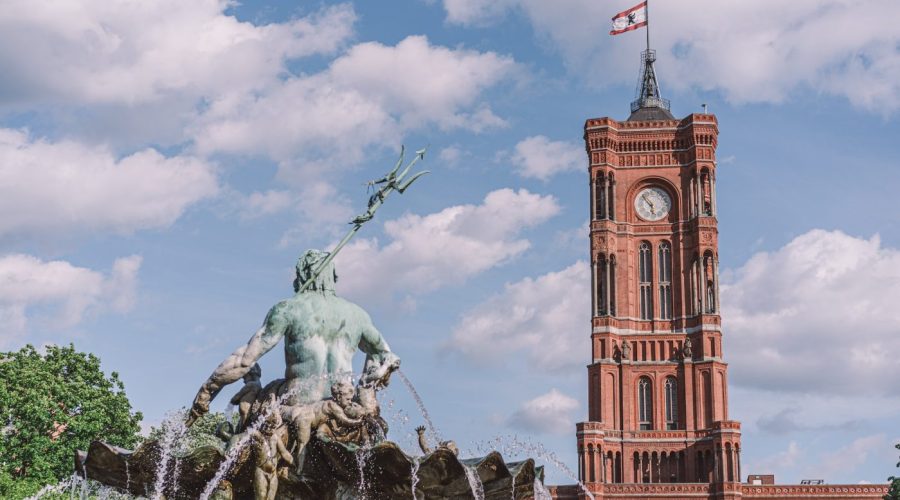Why is the Concentration Camp Monument in Berlin a Significant Historical Landmark?
It is impossible to avoid noticing the presence of Concentration Camp Monument or the Memorial to the Murdered Jews of Europe, when in Berlin. This thought – provoking monument has great meaning and is a reminder of one of the darkest periods in human history. In this blog post we are going to examine the significance of this monument and how it used to keep the memory of the Holocaust safe.
The History Behind the Monument
Before getting into the importance of the monument, let’s look at its history. The Memorial to the Murdered Jews of Europe was opened on 10th May 2005 designed by architect Peter Eisenman. Within the center of Berlin, just a short distance from the branded Brandenburg gate; its existing location is on Hitler’s third Reich.
The monument consists of 2,711 slabs of concrete, all different in height, placed into a rectangular grid on an area of 19000 square meters. The uneven surface and the sloping ground, create for visitors a confusing experience that represents the chaos of the Holocaust.
The Holocaust – Why Remember?
The Concentration Camp Monument is a sombre reminder of the Holocaust when about six million European Jews were exterminated systematically by the Nazi regime. When we recall and reflect on this atrocity we pay the memories of the victims our respect and make sure such horrors will never be repeated.
A Mourning and Remembrance Location
The monument offers opportunity for mourning and paying tribute for the victims. Taking steps through the maze-like paths between the concrete slabs people can contemplate how many millions suffered. This is a very important introspective experience, important for increasing empathy and understanding.
Preserving Historical Memory
Monuments of this nature are crucial in historical memory conservation. The Concentration Camp Monument commemorates the victims of the Holocaust so that the tales stay fresh in memory. Education and remembrance and what they will help us to do is to increase awareness about the horrors of genocide and make the society more inclusive and tolerant.
Lessons Learned from the Monument
The Concentration Camp Monument in Berlin is full of lessons for mankind. It is a harsh lesson as to the risks of unregulated hatred, discrimination, and fascism. Advocating for breaking the chain of indifference, everyone passing the monument will learn a history lesson of how the inability to stand up against injustice could cost a lot.
Moreover, designing this memorial makes us seek the way to curb and condemn all sort of discrimination, antisemitism, or xenophobia. It is a call to action, that calls for the people to fight for human rights in preventing the history from repeating itself.
Conclusion
The Concentration Camp Monument in Berlin is very historical and emotional monument. It is a reminder, the heartbreaking reminder of the Holocaust, where one can come and mourn and remember. We should study the history of the Holocaust, how humankind can learn from its atrocities committed and how we possibly can aim to create a future that celebrates diversity, equality and compassion.
Table of Contents



